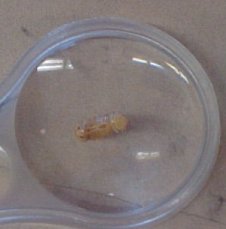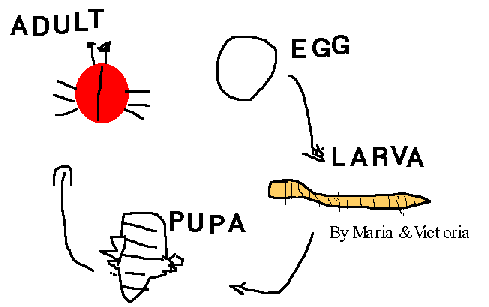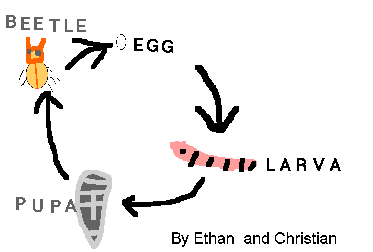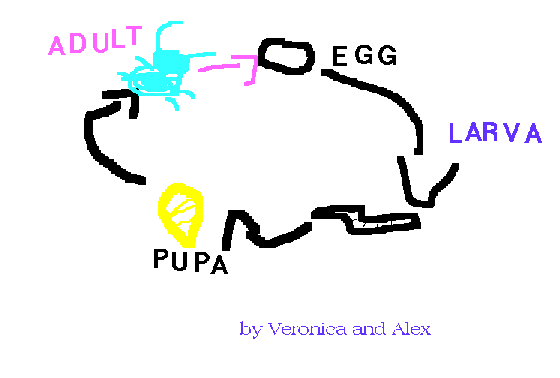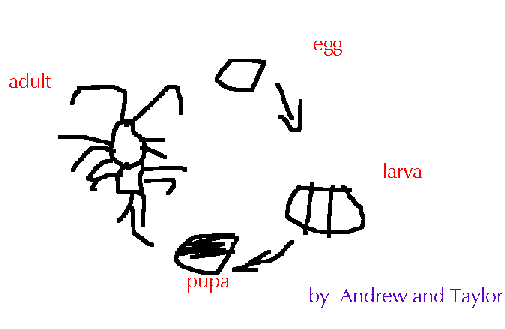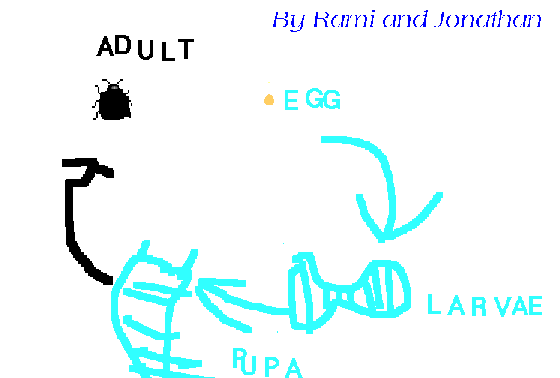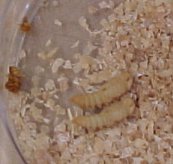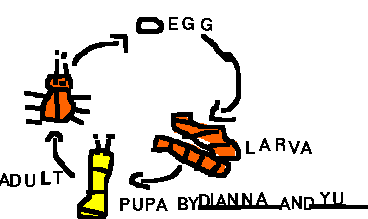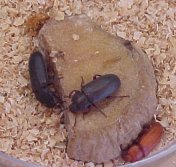|
Spring is such an exciting time in our classroom! To begin our “Lifecycles of Animals” science unit, the children are each given their very own mealworms! Over a period of time, the students eagerly observe their “critters” while keeping a journal and using vocabulary such as; larva, pupa, adult, egg, lifecycle, beetle. What a wonderful “hands-on” way to explain the animal lifecycle to second grade students! The children enthusiastically created graphic lifecycles in Kidpix and acrostic “lifecycle” poems. Spring has certainly sprung…and we are thrilled!!
NYS Science…Living Environment #2. Organisms inherit genetic information in a variety of ways that result in continuity of structure and function between parents and offspring. #5. Organisms maintain a dynamic equilibrium that sustains life. Students: describe basic life functions of common living specimens (guppy, mealworm, gerbil). . describe some survival behaviors of common living specimens. . describe the factors that help promote good health and growth in humans. |
||||||||||||||
